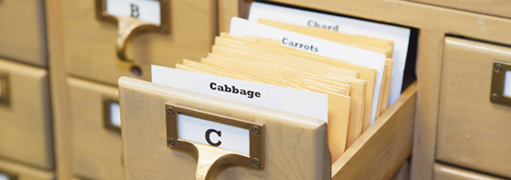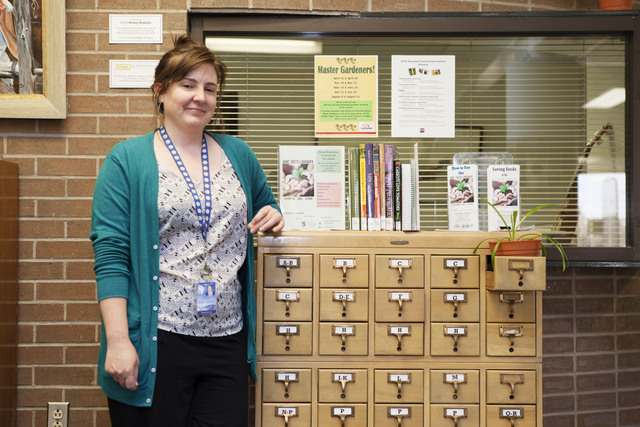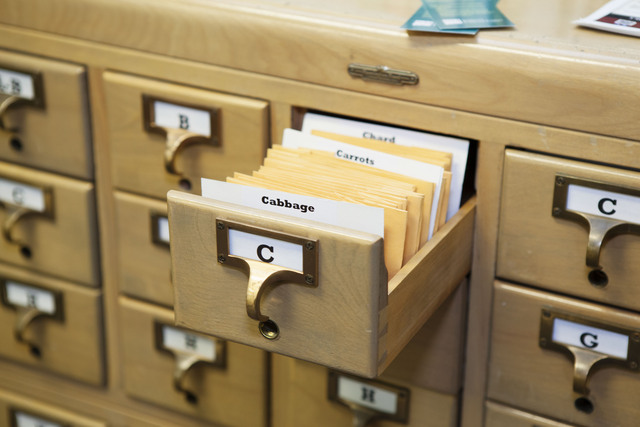The Library Goes To Seed
Check Out More Than Books At Abc Library Branches


Brita Sauer, Juan Tabo Branch Manager and seed librarian
Eric Williams ericwphoto.com

The seed catalog at the Jabo Tabo Public Library.
Eric Williams ericwphoto.com








